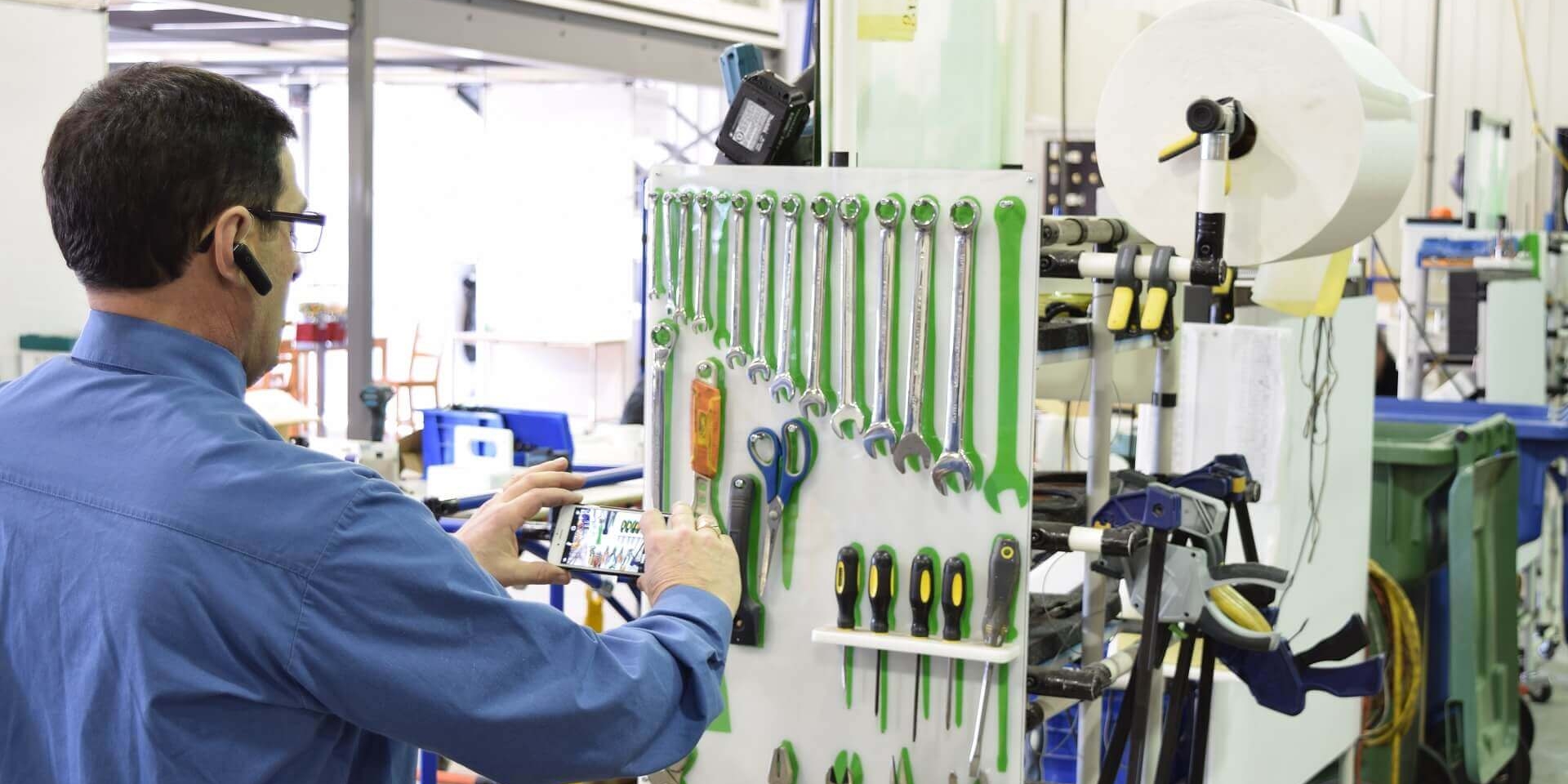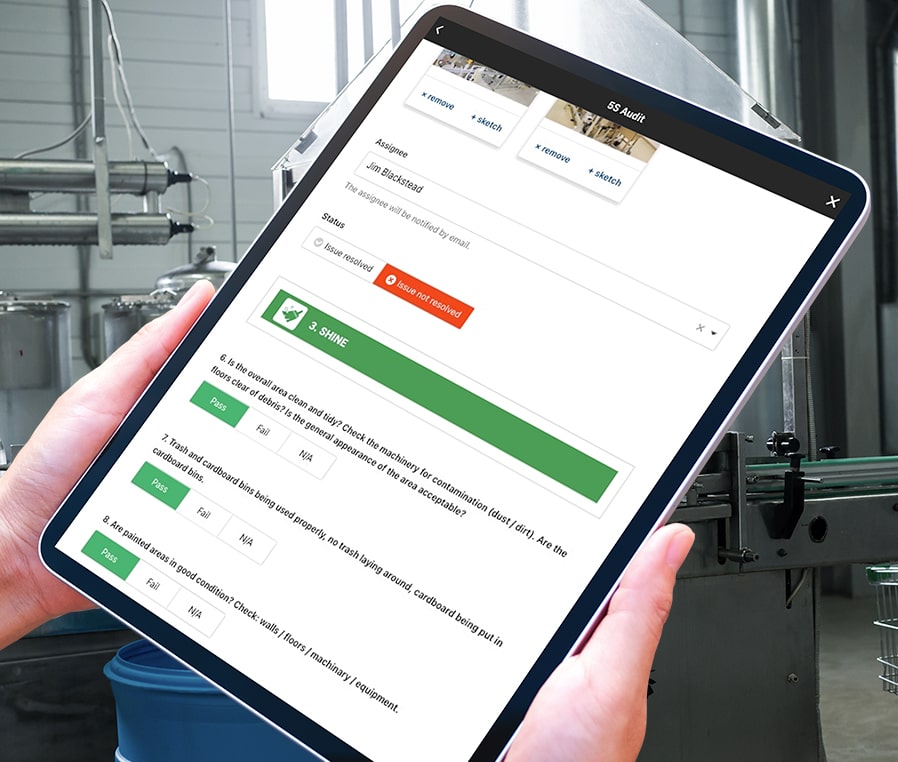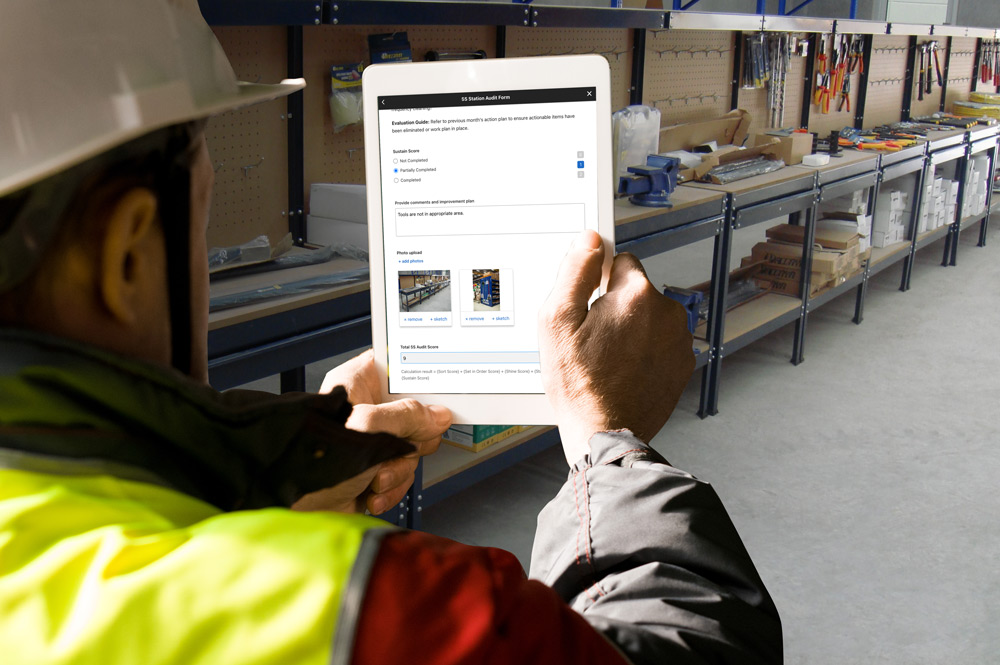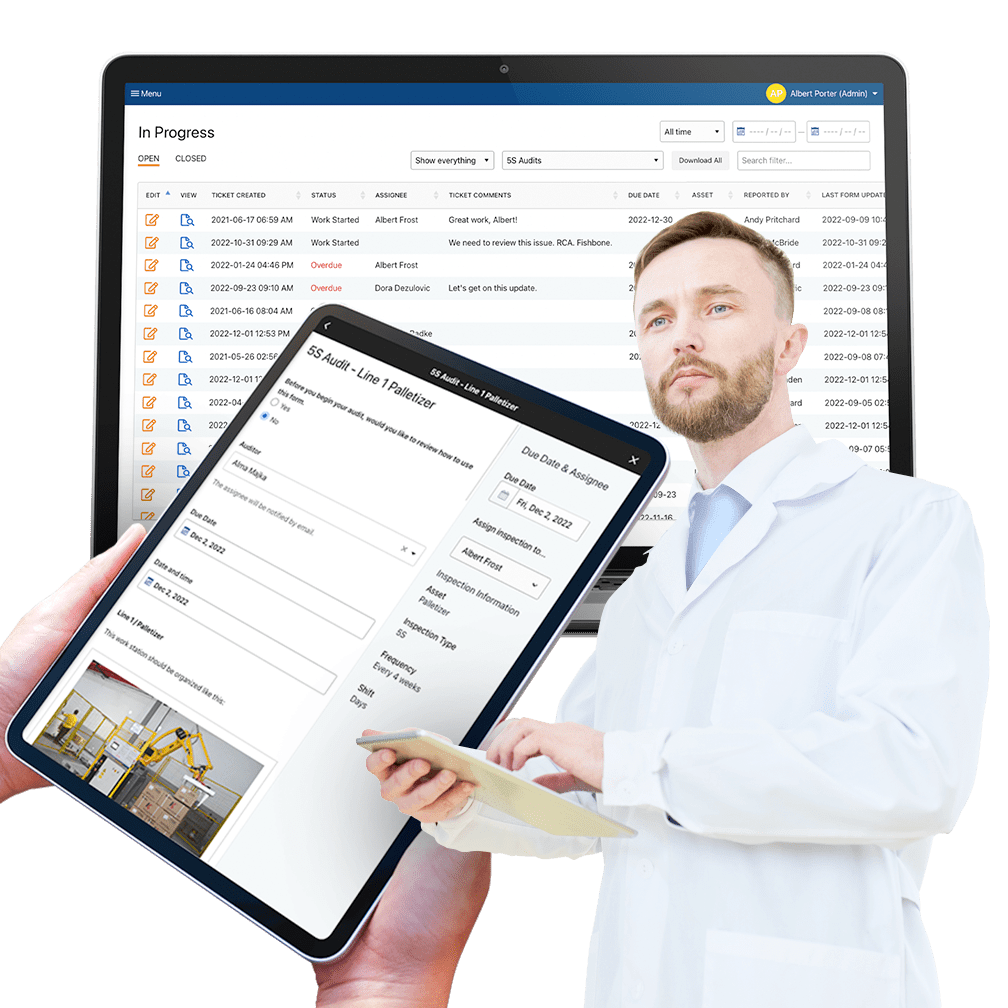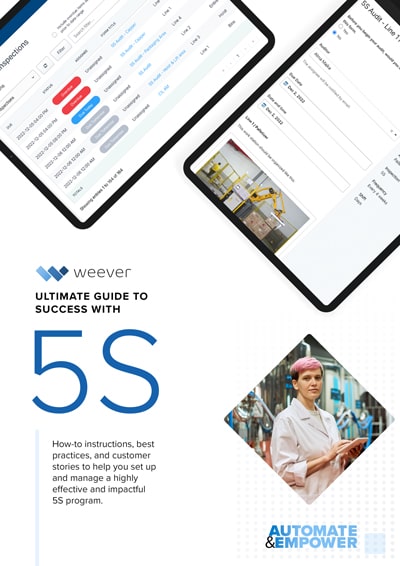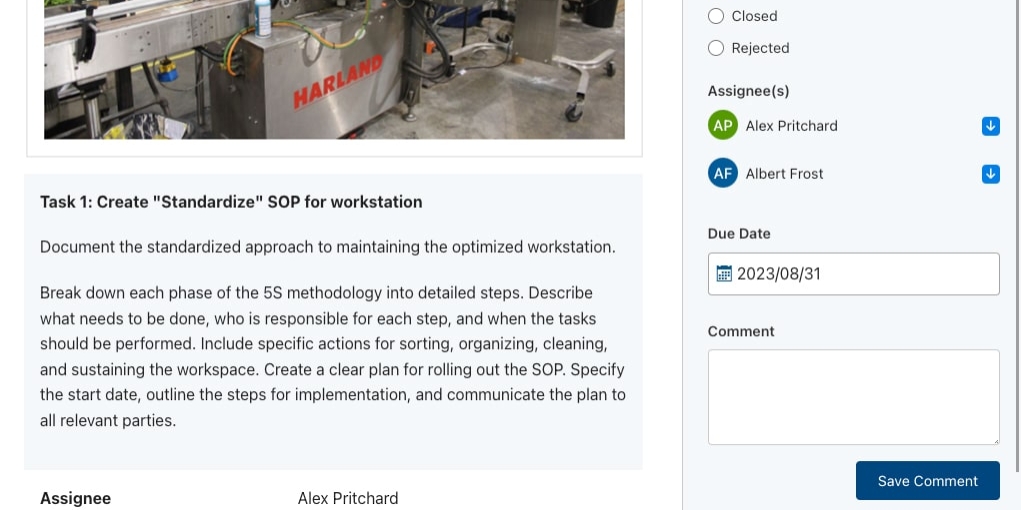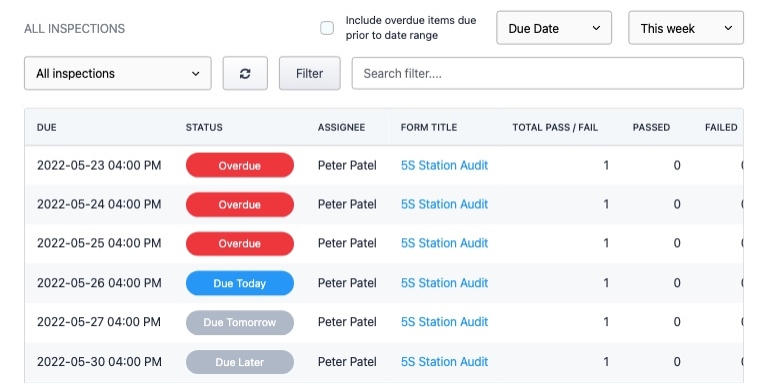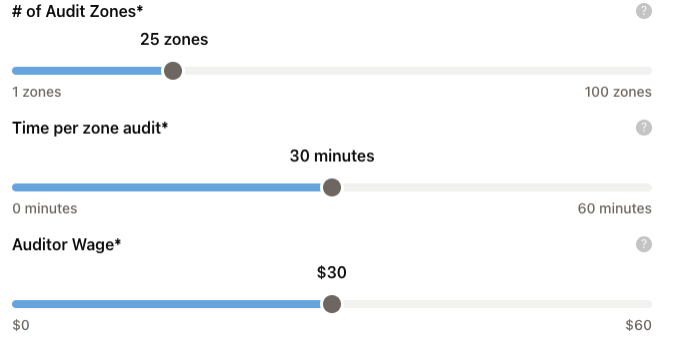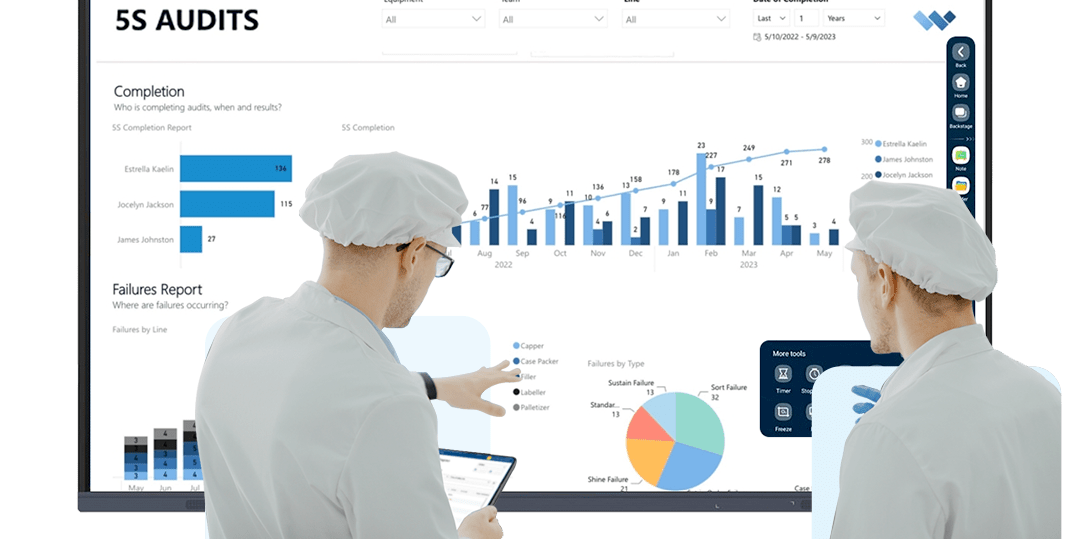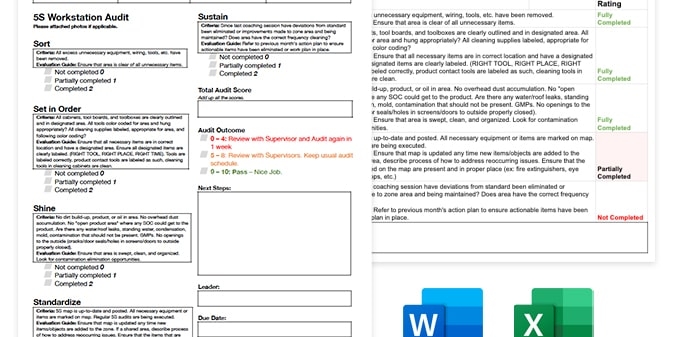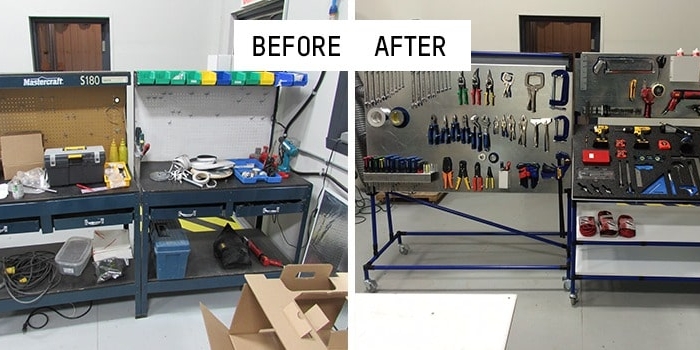How to Train 5S Auditors
Practical guide to training 5S auditors

5S Overview
5S Planning
5S Implementation
5S Auditing
5S Audit Digitization
FREE RESOURCEs
As with most things in life, you get out what you put in. As a result, if your 5S auditors are not proficient, the audits will not be conducted properly and your program will be at risk of failure.
Training 5S auditors is pivotal to ensure consistent, effective, and unbiased assessments aligned with the principles of Sort, Set in Order, Shine, Standardize, and Sustain.
Involve relevant stakeholders, experienced auditors, or 5S experts in training sessions to share insights, experiences, and best practices.
By following these best practices and ensuring comprehensive training, organizations can equip their 5S auditors with the necessary skills, knowledge, and tools to conduct effective audits, drive continuous improvement, and maintain high standards of workplace organization and efficiency.
Before we get into our how to train 5S auditors guide, let’s quickly review what 5S audits are and why they are important.
What are 5S Audits?
5S audits are systematic evaluations conducted to assess how well workstations adhere to the principles of the 5S methodology, which is used to maximize productivity and efficiency.
5S audits involve structured assessments of workstations, processes, or departments to gauge their alignment with 5S standards, aiming to identify areas for improvement, maintain high organizational standards, and drive continuous improvement.
Interested in learning more about Weever?
How to Train 5S Auditors
5S auditors need to be trained first and foremost on the principles of 5S. They should also receive some training on how to conduct effective audits as well as how to use the 5s auditing software. Here is an overview of how you might consider structuring your 5S Auditor training.
A functional understanding of 5S Principles
Training auditors on the 5S principles ensures they have the knowledge and skills required to effectively evaluate and promote adherence to the 5S methodology during audits, driving continuous improvement and maintaining high standards within the workspace.
Auditors should be trained on the following:
Sort (Seiri)
- Identify unnecessary items in the workspace, distinguishing between essential and non-essential items.
- Methods for categorizing, organizing, and disposing of unnecessary items effectively.
- Emphasize the importance of maintaining an organized and clutter-free workspace to enhance efficiency and productivity.
Set in Order (Seiton)
- Principles of efficient workplace organization and layout design.
- Techniques for logically arranging tools, equipment, and materials for easy access and retrieval.
- Clearly designated storage locations and labeling systems to minimize waste and streamline workflows.
Shine (Seiso)
- Cleanliness standards and practices within the workspace.
- Importance of regular cleaning schedules, procedures, and maintaining a hygienic and safe work environment.
- Roles and responsibilities of employees in maintaining cleanliness and orderliness.
Standardize (Seiketsu)
- Establishing and maintaining standardized work practices and procedures.
- Creating and adhering to uniform processes for sustainability and consistency.
- Clear guidelines, protocols, and visual controls to sustain standardized practices.
Sustain (Shitsuke)
- Fostering a culture of continuous improvement and sustainability within the organization.
- Emphasize the significance of employee engagement, ownership, and accountability in sustaining 5S practices.
- Focus on methods to encourage ongoing adherence to 5S principles through regular training, reinforcement, and recognition of achievements.
How to Conduct an Audit
To ensure the best results, 5S auditors should receive some training on how to properly conduct an audit. You can take auditors through audit procedures and techniques, communication skills, and how to handle non-compliance events. Some of the training can be knowledge transfer using a presentation, but you may want to consider role playing to round out the experience.
Here are some best practices to consider when training 5S auditors on how to conduct audits:
- Audit Procedures and Techniques: Provide guidance on the systematic approach to conducting audits, emphasizing the use of standardized checklists or criteria, proper documentation methods, and strategies for engaging with employees during assessments.
- Workspace Familiarization: Ensuring auditors have a comprehensive understanding of the workspace being audited. This involves learning about specific processes, workflows, and the layout of different areas to effectively evaluate compliance with 5S principles.
- Communication and Interview Skills: Training auditors in effective communication techniques to engage with employees and gather information during audits. This includes active listening, asking relevant questions, and providing clear explanations about the audit process.
- Objectivity and Consistency: Emphasizing the importance of maintaining objectivity and consistency throughout the auditing process. Auditors should evaluate workspaces uniformly based on established criteria without biases or personal interpretations.
- Handling Non-compliance: Providing guidance on handling instances of non-compliance diplomatically. Auditors should offer constructive feedback and suggestions for improvement, fostering a positive approach to change.
- Continual Improvement Mindset: Encouraging a mindset of continual improvement among auditors, emphasizing the significance of their role in driving positive changes within the workspace.
- Practical Exercises and Simulations: Conducting practical exercises or simulations where auditors can apply their knowledge and skills in simulated audit scenarios to enhance their proficiency.
How to Use the Auditing Software
To ensure an efficient audit experience, your auditors will benefit from software training. Provide a general orientation and show them how to conduct an audit. By employing these best practices in training, organizations can effectively equip their 5S auditors with the skills and knowledge necessary to leverage auditing software efficiently, enhancing the effectiveness of 5S audits and contributing to workspace improvements.
- Comprehensive Orientation: Initiate training with an overview of the auditing software, its functionalities, and the benefits it offers in conducting 5S audits. Provide a detailed walkthrough of the software interface, explaining key features, navigation, and data entry methods.
- Hands-On Practice Sessions: Offer practical training sessions where auditors can interact with the software in a simulated environment. Provide guided exercises that allow them to practice using the software to conduct mock audits, enter data, generate reports, and interpret results.
- Integration with 5S Principles: Highlight how the auditing software aligns with 5S principles and aids in conducting thorough assessments. Emphasize the software's role in maintaining records, identifying improvement areas, and fostering a culture of continuous improvement.
Read our Ultimate Guide for 5S Auditing
Continue Learning about 5S
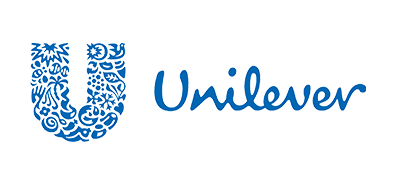
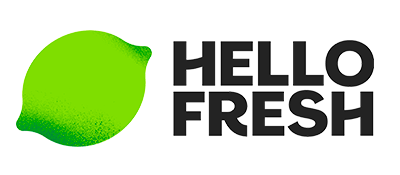
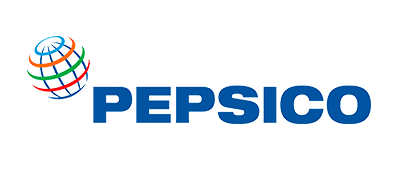

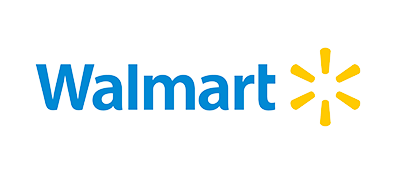
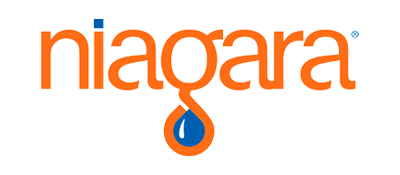
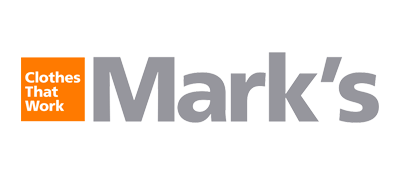
Marks
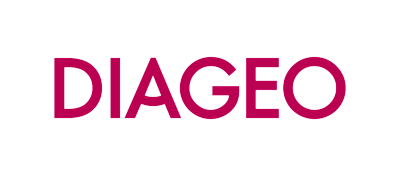
Diageo

Niagara Bottling

Walmart

PepsiCo logo

McDonald's

Unilever
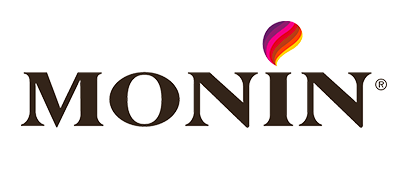
Monin

Hello Fresh
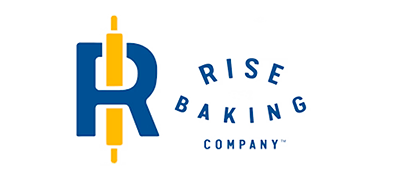
Rise Baking
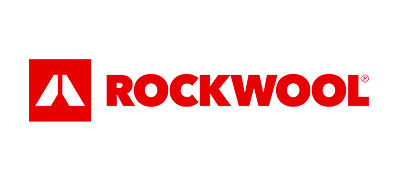
Rockwool
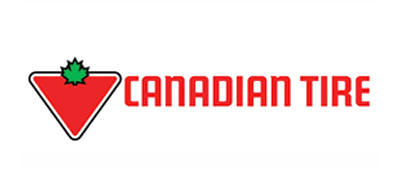
Canadian Tire
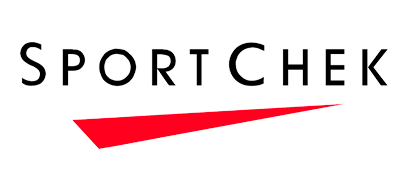
SportChek
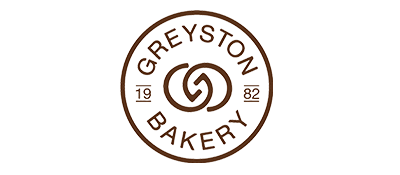
Greyston Bakery
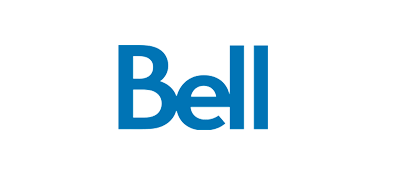
Bell
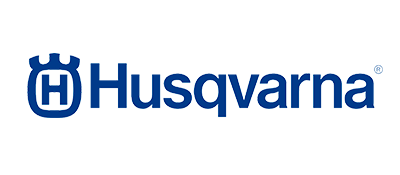
Husqvarna
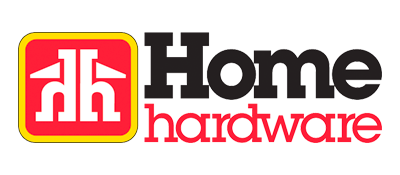
Home Hardware
